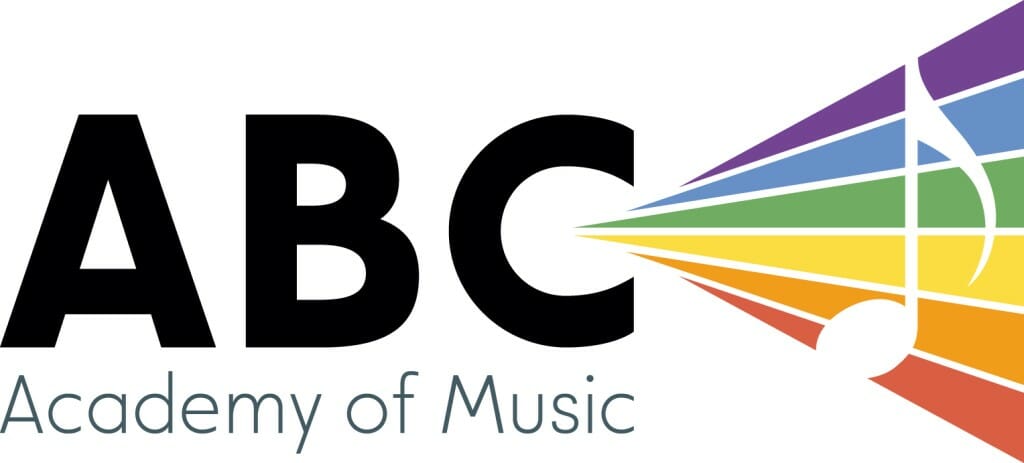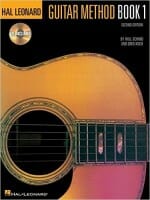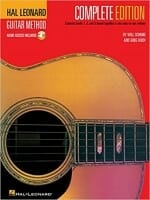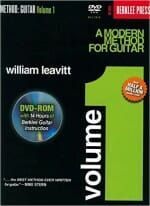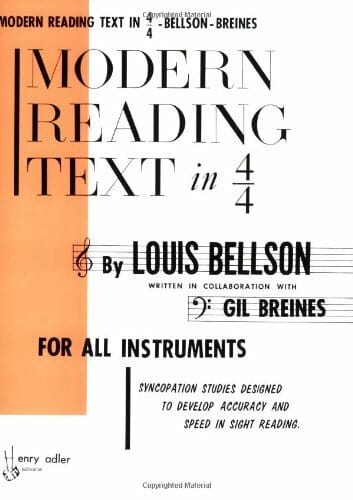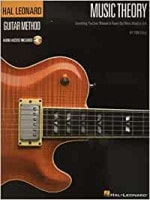BFA (York)
Daniel is a multi-instrumentalist, composer, and performer from Toronto with a passion for exploring music of all genres and origins.
Daniel received his Honours Bachelor Degree in Music at York University where he originally attended for jazz, but soon branched out into Film Composition and world music such as Klezmer, Balkan folk, Baglama, Eastern European Folk, Flamenco, and Celtic. Since graduating he has primarily focused on crafting and performing on soundtracks for various feature and short films, plays, and television pilots, including Netflix releases and one theatrical release under the mentorship of the prominent Canadian Composer, Lesley Barber.
On the performance front he has also performed and written several EP’s alongside other Toronto artists in the genres of rock, funk, metal, alternative, folk, experimental, and flamenco, and continuously explores new and interesting avenues of guitar related genres.
Music for him is a life long pursuit, and he approaches it as a life long student. Through the one know many.
Get to know Daniel…Beyond the Bio!
Hobbies: Camping, hiking, travelling, board games, reading, cooking and exercise!
Musical Influences: Jóhann Jóhannsson, Bonobo, Radiohead, Thomas Newman, Joe Hisaishi, Plini, Periphery, Paco de Lucia, Pink Floyd, Bob Dylan, The Beatles, Neil Young, Devendra Banhart, Philip Glass, Steve Reich, Igor Stravinsky, etc…
Favourite Food: Shawarma, anyday.
Least Favourite Food: the over/poorly cooked variety.
Favourite music: Rock, Psychedelic, Metal, Folk, Ambient, Electronic, Original Soundtracks, Folk.
Favourite Song: At the moment it would be The Girl From North Country by Bob Dylan.
Favourite Movie: Jojo Rabbit
Favourite Book: a tie between – Joseph Campbell, The Power of Myth; Khalil Gibran, The Prophet.
Favourite Quote: “We have created a Star Wars civilization, with Stone Age emotions, medieval institutions, and godlike technology.” – E. O. Wilson
Latest Homework from Daniel
Is Daniel Your Teacher?
Sign up now to get your weekly assignments delivered, and never lose your homework sheet again!
February 11th
Eliana (Homework link)
Recommended practice time: 10 minutes daily
What to practice: Against Me! – Thrash Unreal & I Was a Teenage Anarchist
Keys to success: For the rhythm lines here it’s mostly going to be building confidence and familiarity through repetition. You have most of these parts down already, so try your best to get down in your memory and off the paper/screen so you’re truly ingraining it as a long term skill and song to play. For the lead lines take a moment and plot out a way of playing them that makes sense to you. Tabs are good for giving you notes (or at least getting you in the general ball park) but the fingerings are often tailored specifically toward the person who wrote them, and we’re all different. Do not feel you 100% need to play it as written, especially if a part feels awkward. Make it your own, and in turn you will play with more ease as well as understand your instrument better in the process!
Great work Eliana, super happy with your progress and engagement!
Aarna (Homework link)
Recommended practice time: 5-10 minutes daily
What to practice: Sunshine of Your Love by Cream
Keys to success: There’s 2 main things we’re learning with this tune: power chords and melodies that shift up and down the neck. While playing power chords I want you to really ingrain the shape of them and be able to play them anywhere on the neck. They are a huge bedrock of guitar playing – and you have them down pretty well as is! Next lesson we are going to push your ability to play power chords more by jumping around the neck with them. For you to get a headstart with this and improve your ability on it try testing yourself by saying (or having someone else call out) fret numbers between 0-12, along with either E or A for the string, and then play the powerchord called out, ie: 4A = power chord off the 4th fret of A, 10E = power chord off the 10th fret of E. The melody is already sounding great. Your aim for this will be to make the rhythm of both variations sound as similar and smooth as possible, especially when switching to the lower E string version that the riff ends on. You will get it with practice, I promise!
Good stuff Aarna! I like how you’ve taken to learning this song and I’m happy with your improvements!
Aarnav (Homework link)
Recommended practice time: 5-10 minutes daily
What to practice: Smoke on the Water by Deep Purple
Keys to success: Play with confidence! You have the notes down pretty pat as it is, so I want you to focus on conviction and energy for the intro riff. This means memorizing it and playing along with a recording and doing your best to mimic the sound and feel of the recording. The power chord section too I want you to become super familiar with power chord shapes and be able to play them up and down the neck, everywhere. This will be something we develop over time, but in the meanwhile challenge yourself by trying to play them off different frets and varying strings (E and A). For the power chord section of this song I want you to really focus on getting the rhythm down properly, this again will mean listening to the recording for reference and using your ear to mimic what’s going on, but you have a good ear so this will happen surely enough!
You’re doing well Aarnav! I’m glad we’ve established your previous experience with Powerchords, we now have plenty more options!
Simon (Homework link)
Recommended practice time: 10 minutes daily
What to practice: The Ink Spots – I Don’t Want to Set the World on Fire; Fats Waller – Ain’t Misbehavin’.
Keys to success: For both of these songs the key lays in familiarity with the new chords we’ve been working on. This will mean connecting chord names with the shapes that you’re playing, so in the future if we come across chords with similar names but different roots you will know what to do! I want you to write in the chord names above the chart like we had talked about last lesson, and we will be going over that this time. For the melody I want you to work it out by ear like you had been doing, and really set it down in stone so you can play it with confidence and no guessing. You may even find it helpful to download a piece of tablature paper and write your melody the way you like it. This will make it easier in that you will have a visual reference to use and you’ll also further cement it in your memory by writing it down. Go forth! You got it!
Good work Simon, i’m really digging your enjoyment of these classic tunes. Don’t forget to take note of a specific Fallout 3 song you want to learn next!
Preferred Books for Daniel’s Students
Click to buy them here, and they’ll come right to your house! What could be easier?
Hal Leonard Guitar Method
The second edition of this world-famous method by Will Schmid and Greg Koch is preferred by teachers because it makes them more effective while making their job easier. Students enjoy its easy-to-follow format that gives them a solid music education while letting them play songs right away. Book 1 provides beginning instruction including tuning, 1st position melody playing, C, G, G7, D7, and Em chords, rhythms through eighth notes, solos and ensembles and strumming.
Hal Leonard Guitar Method COMPLETE
The Hal Leonard Guitar Method is designed for anyone just learning to play acoustic or electric guitar. It is based on years of teaching guitar students of all ages, and reflects some of the best teaching ideas from around the world. This super-convenient Complete Edition features the new and improved method books 1, 2 and 3 spiral-bound together.
Modern Method for Guitar
Modern Reading Text in 4/4
This book has become a classic in all musicians’ libraries for rhythmic analysis and study. Designed to teach syncopation within 4/4 time, the exercises also develop speed and accuracy in sight-reading with uncommon rhythmic figures. A must for all musicians, especially percussionists interested in syncopation.
Hal Leonard Music Theory for Guitarists
Guitarists of all levels will find a wealth of practical music knowledge in this special book with online audio access. Veteran guitarist and author Tom Kolb dispels the mysteries of music theory using plain and simple terms and diagrams. The accompanying recordings provide 94 tracks of music examples, scales, modes, chords, ear training, and much more! To access audio visit: www.halleonard.com/mylibrary
